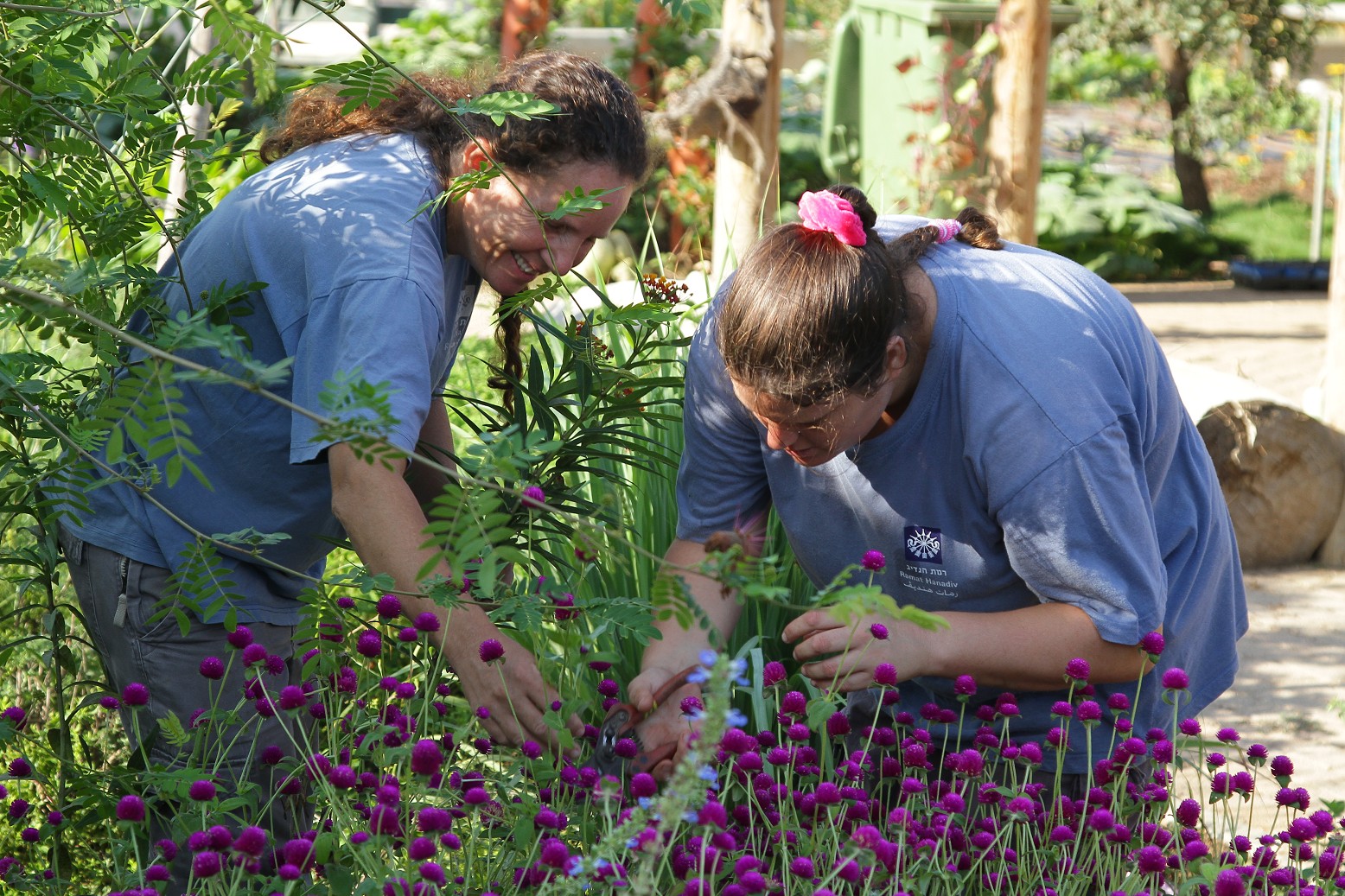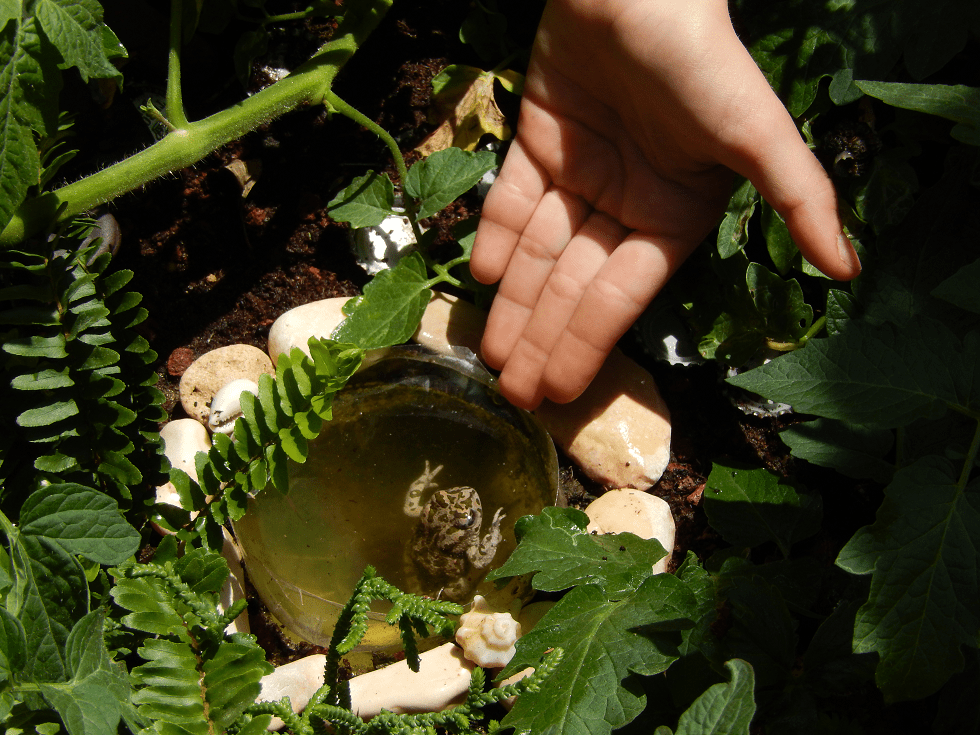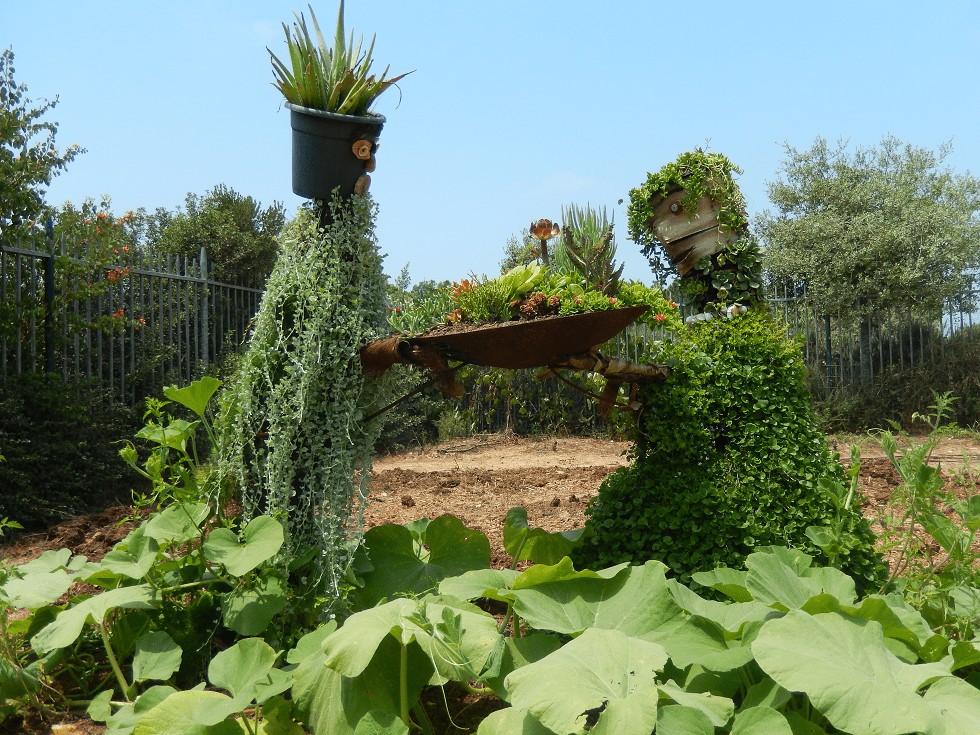
This is each patient’s personal, private place. Within clear boundaries separating each 2 x 3 meter plot from its neighbors, members create their own garden. They may shape it as they desire introduce various elements of their choosing, plant and sow according to personal preference: flowers, herbal, fragrance and tea plants, vegetables or fruit. It is also their responsibility to care for their gardens: to water, prune, harvest, weed, shape, air and alter. The garden’s boundaries do not apply solely to planting – one may also dig a whole, construct a rockery, pave a path and more. A horticultural therapist often accompanies the process of working in the garden, to assist both theoretically and technically in carrying out the activities.

The individual garden bears great significance in the therapeutic process:


a place where (nearly) everything is allowed; the enabling space, the playground, the place where one is free to act out one’s wishes and will; even if some are not interested in cultivating or growing anything; even if one only wishes to dig a hole or pile rocks or do anything else he or she sees fit to do in the garden.
יש לך שאלה? נשמח לעזור
Of further interest...
Accessibility
An accessible trail through the Nature Park
In the Nature Park at Ramat Hanadiv there are a number of spectacular hiking routes.
Sustainability
Establishment of the Partnership for Regional Sustainability
In 2015, Ramat Hanadiv established the Partnership for Regional Sustainability, aiming to combine forces for the quality of life in the region.
Dining Here
Dining
To complete your Ramat Hanadiv experience, you are cordially invited to enjoy the culinary pleasures of Mata’im, the cafe-restaurant on our premises.

